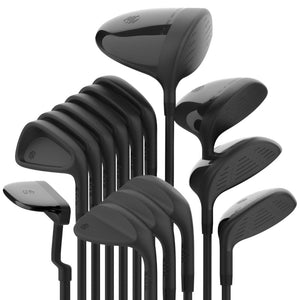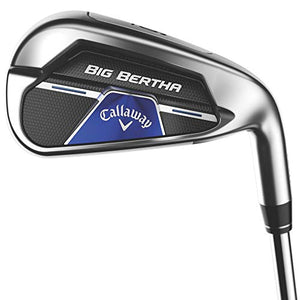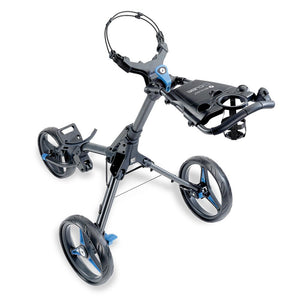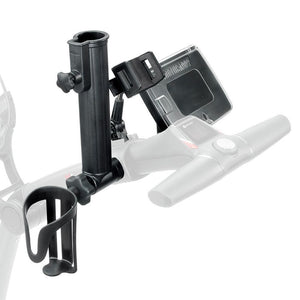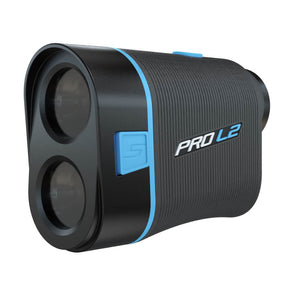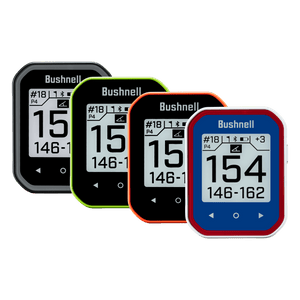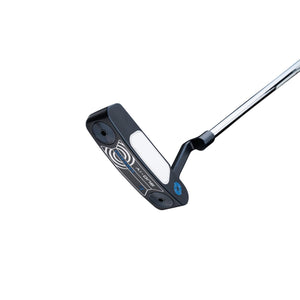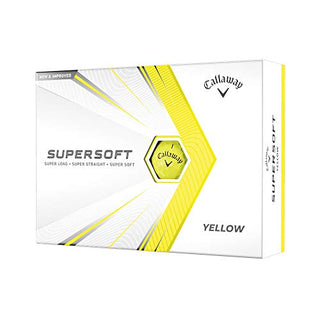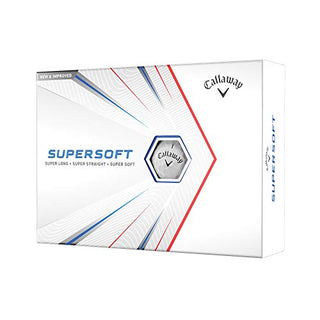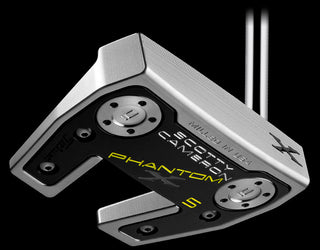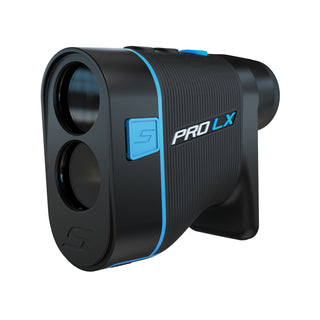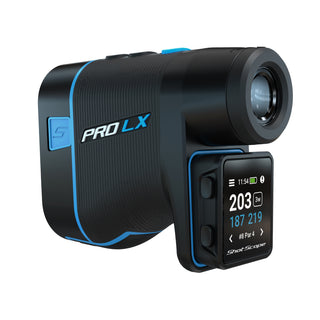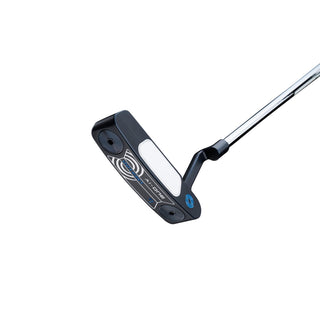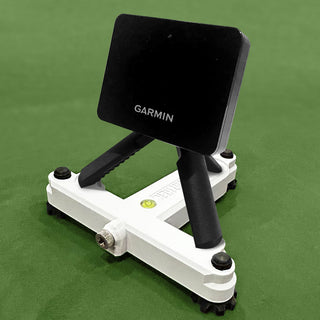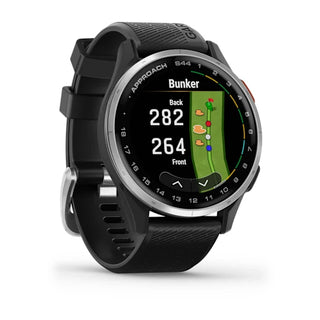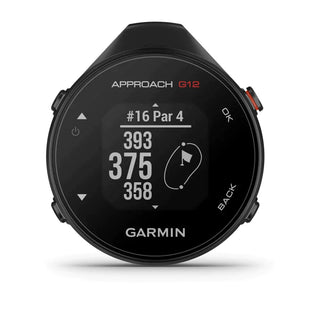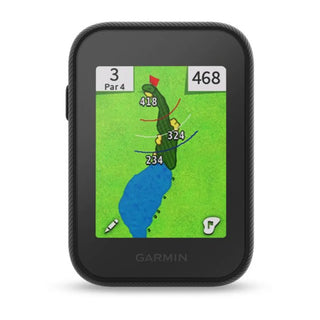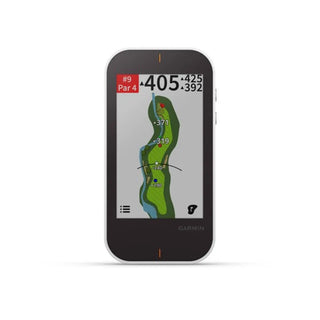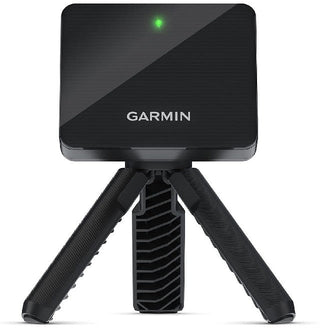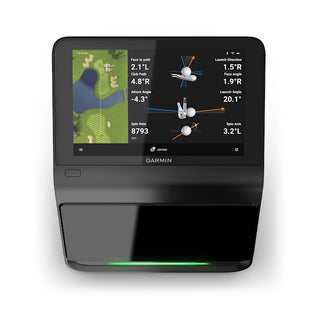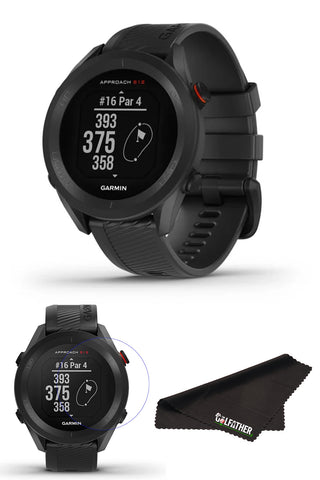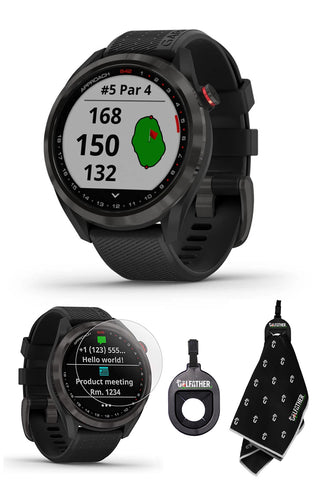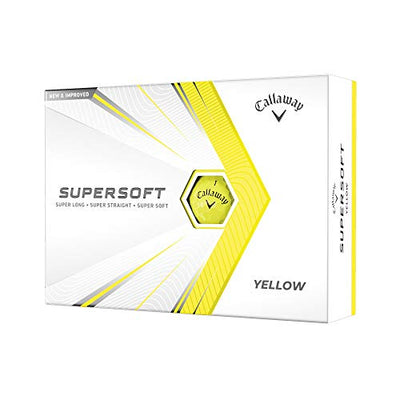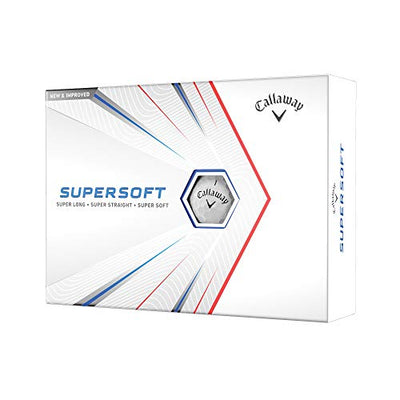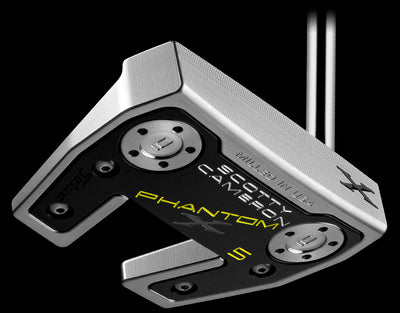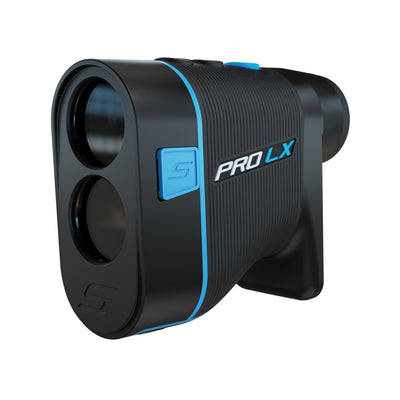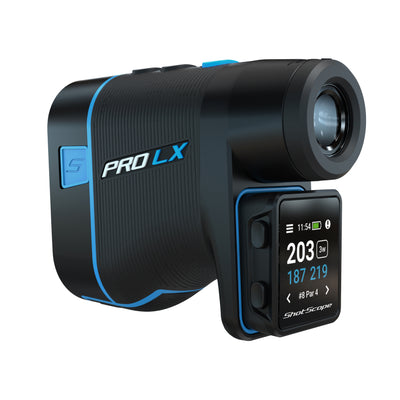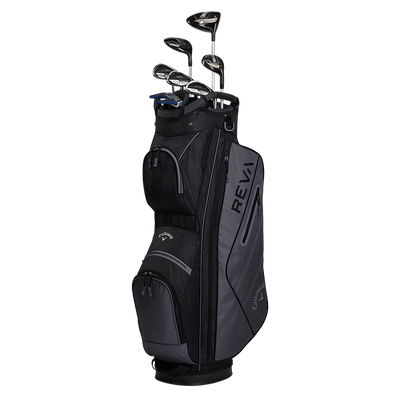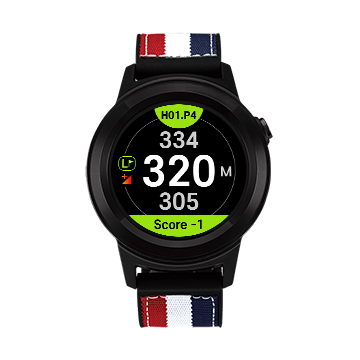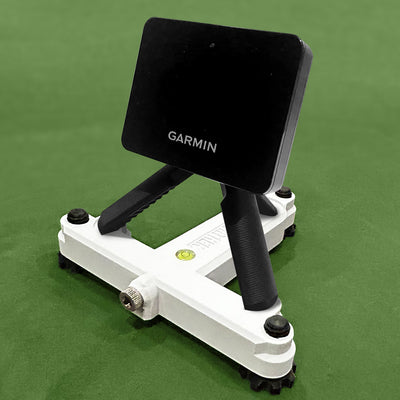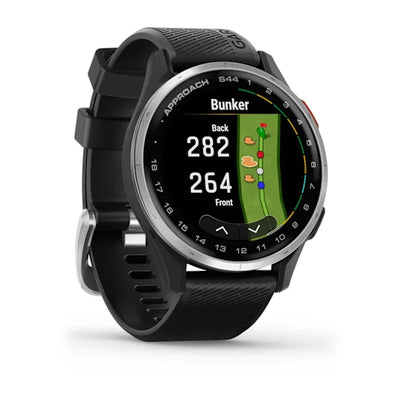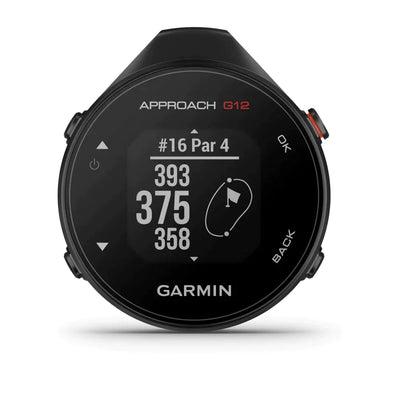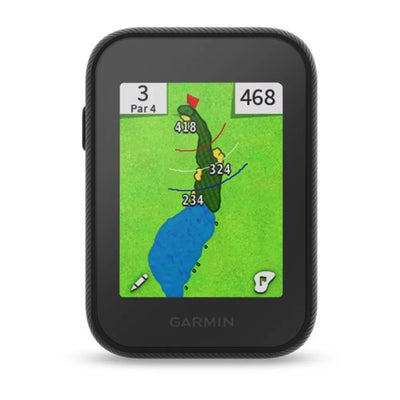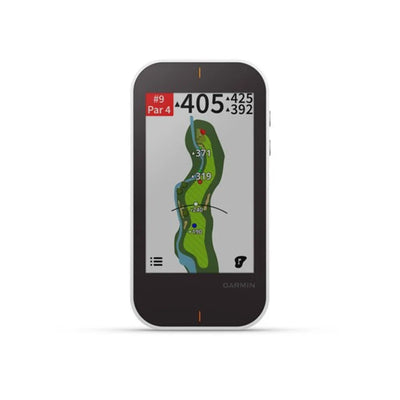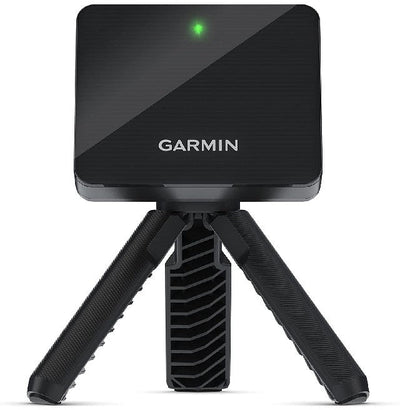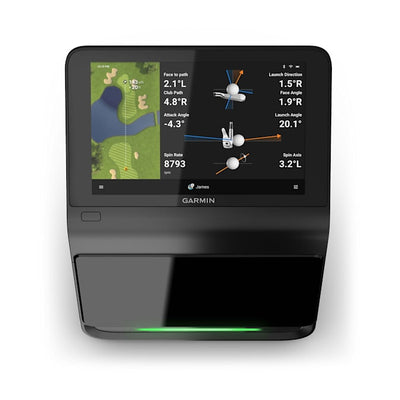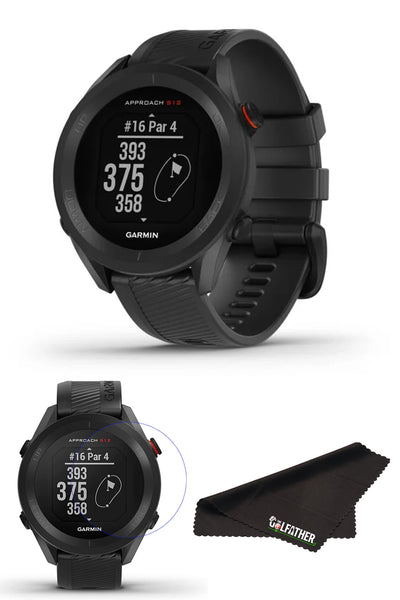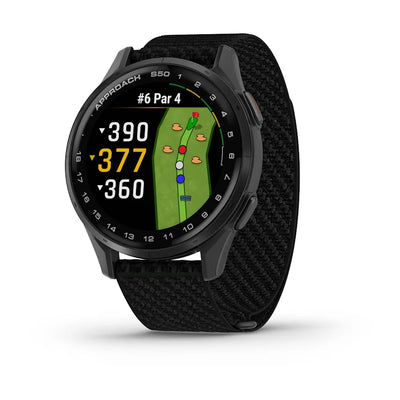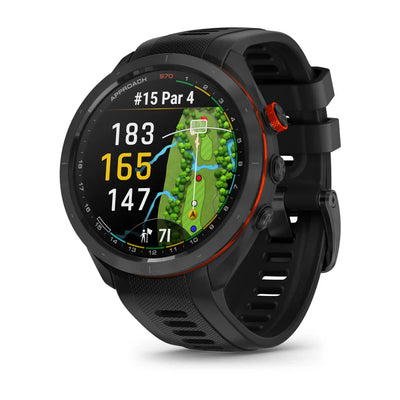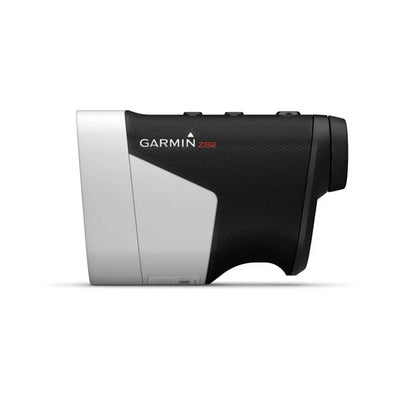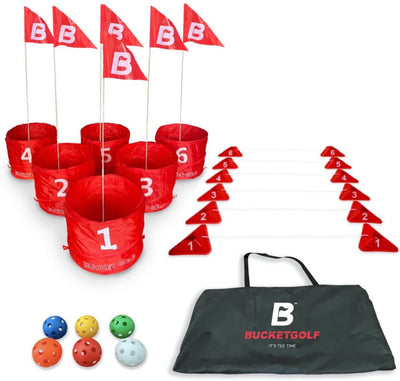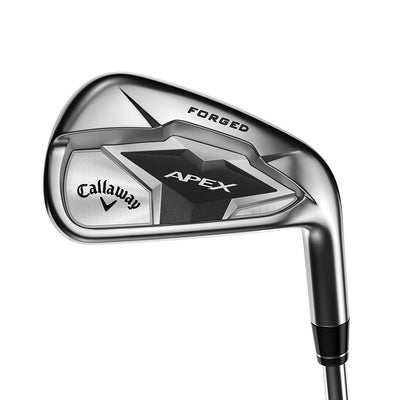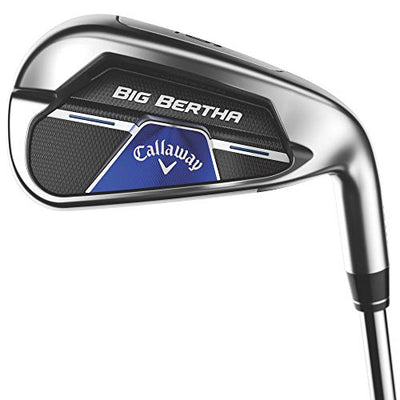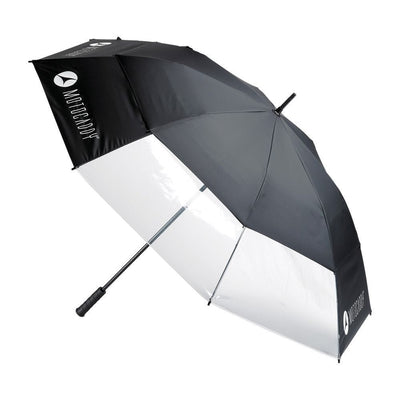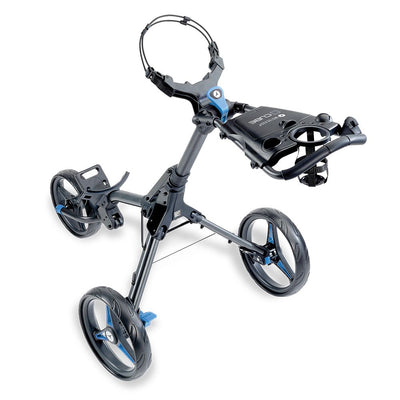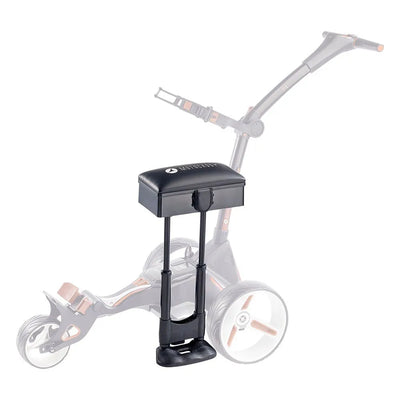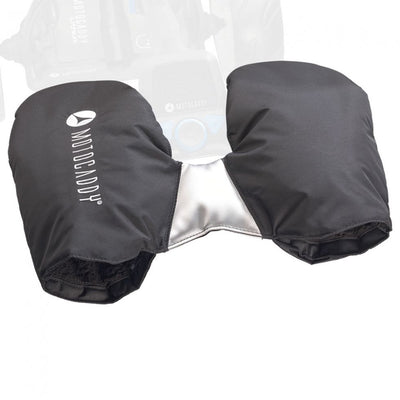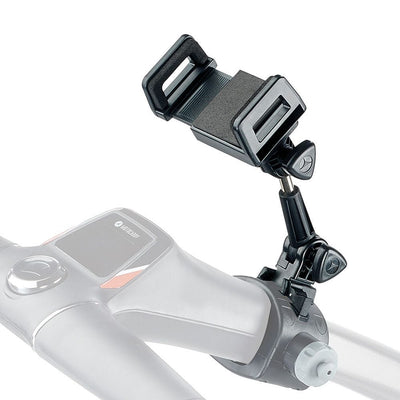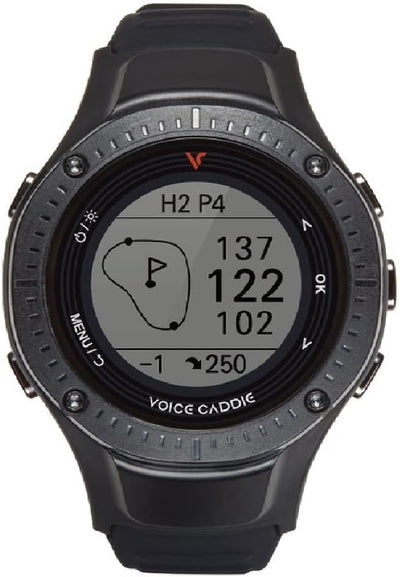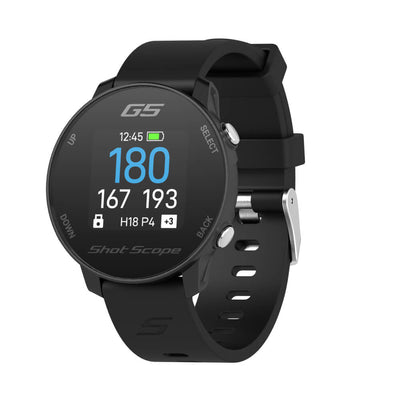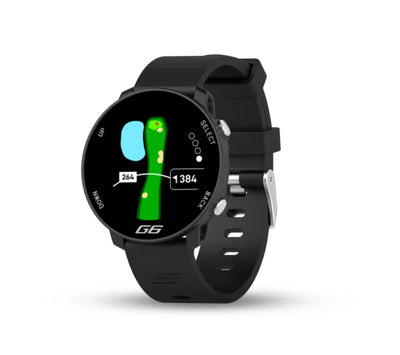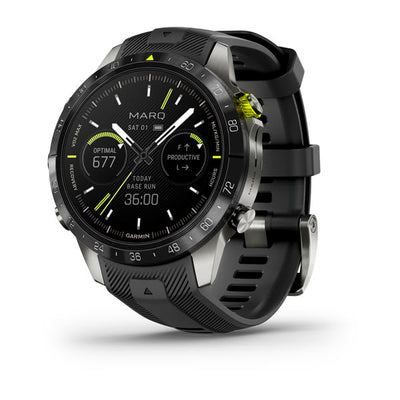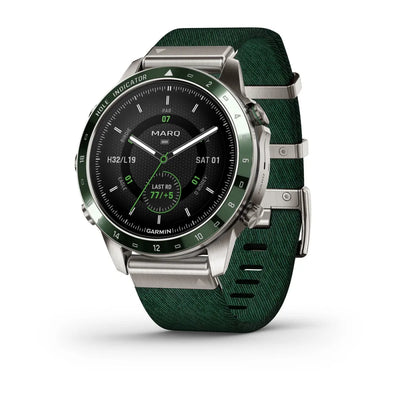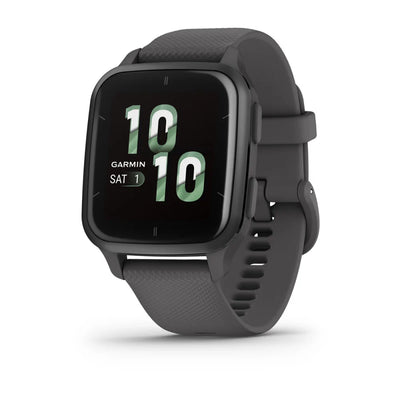The shaft of a golf club is the “engine” of the golf club, yet it ends up being ignored and a lot of golfers do not realise its effect on overall performance. A shaft’s length, flex, torque, kick-point, weight and alignment — all contribute to the performance of your golf club.
The right shaft helps the golfer control the ball flight, hit the ball further, straighter and with greater consistency. Shafts are very important in all clubs, especially for drivers.
Shafts and Swing Weight
Shafts usually are of three types: flexible, medium and stiff. Pros, especially the bigger and stronger ones, use the stiff shaft. Average players are able to work their game fine with medium shafts and the flexible shafts are usually the best choice for females and seniors, as it is best suited for slow swings. Manufacturers often refer to the shaft “suppleness” as shaft deflection.
Swing Weight is a commonly used term but very few players are aware what it really refers to. Swing Weight actually refers to the distribution of weight of a club — the proportion of weight of the head as compared to the weight of the club. Swing Weights range from C-0 to D-9.
A D-9 is no club for average players and many pros will use it for stronger and faster swings. D-1 to D-4 gives ideal swing weight for the average players. Women usually prefer C-4 to C-6.
Shaft Flex and Torque
Staff Flex affects distance and direction and getting the correct flex in your golf equipment is most important. The flex is basically the rating for a golf club’s ability to bend during the golf swing. All shafts will show flex under the force of golf swings.
Players with very fast swings require a shaft with less flex, while players with slower swings require shafts with greater flex. A powerful swinger will have more control with lesser bend in his shaft. Beginners and those with soft or slow swings generally use shafts with greater flexibility.
Flex is generally rated by manufacturers as Extra Stiff (XS), Stiff(S), Firm(F), Regular(R), Senior(S), Amateur(A) and Ladies(L).
During a golf swing, the twisting movement of the shaft is known as the Torque, measured in degrees and a rating is assigned, which tells us about the “twisting” characteristics. The more the shaft twists, the higher the rating and vice versa. Shafts will feel softer if they have higher torques, so a shaft with a 5 degree torque will feel softer than a 3 degree torque. All shafts, made of steel or graphite, have a certain torque. The shaft torque affects the golf ball trajectory slightly; lower torques will lower the trajectories.
Shaft Flex-point
Shaft Flex-point or Kick-point refers to the point where the shaft bends and affects the trajectory of the shot. Shafts with higher flex/kick points will result in low shot trajectory along with a feel of consistency. A low flex/kick point will result in higher trajectories and a feeling of the shaft tip “whipping” the club head.
Shaft Length
The length of the shaft is just as important as the flex, torque or any other characteristic of the shaft. The best way to measure, is to stand up straight and ask someone to measure from where your wrist and hand meet, to the floor. You should measure for both hands and then average out the length which would be ideal for you. The length of the shaft is measured from the top of the grip to the base of the heel of the club, as it lies on the ground.
The impact of shaft length on ball impact is tremendous and even 0.5 inches (1.27 cm) off-centre can equate to a 7% loss of carry distance and 1 inch (2.54 cm) off-centre can go on to equate to a 14% loss. Hence, though longer shafts provide greater distance, the trick in choosing the right driver is finding the longest driver that is suitable for you and which gives you a repeating, solid hits.
Types of Golf Shafts
Steel shafts
Steel shafts are made of carbon steel, though sometimes stainless steel is also used, are more durable, stronger and less expensive than graphite shafts. Some golfers prefer steel shafts in their Irons as these do not experience the torque or lateral twisting found in all graphite shafts. Putter shafts almost always have steel shafts so as to give a strong and consistent feel.
Graphite Shafts
Though graphite shafts are lighter than steel and provide greater swing speed for more power, they are comparatively expensive and less durable than steel. Being lighter does also affect the control due to the flex generated in the swings. Thus, graphite shafts are highly suitable for lady golfers and seniors who are unable to use a steel shaft effectively to produce swing speed.
Graphite golf clubs do drastically reduce the weight of your clubs and you can easily tell the difference if you’ve handled steel shafts earlier. Graphite shafts are often used by many high-profile Pros, post recovering from surgery, as these also lessen the shaft vibration better than steel. One can get longer distances with the modern, oversize, titanium drivers with graphite shafts as the latter allow the shaft length to be longer. Though it’s good to remember that longer clubs are good for distances but not for control.
Graphite shafts can be made in many variations and thus spoil you for choice when you need to select a shaft which would be best suited to your game. They do need extra love and care though and ensuring extra-long head covers on the woods and padded dividers in your golf bag go a long way in ensuring that the paint on the shafts does not wear off and consequently does not affect the shaft’s as well as your performance.
Multi-material Shaft
We now have multi-material shafts which are used for both irons and drivers. These shafts combine both graphite and steel into one shaft in an attempt to try to collate both the materials’ benefits into a single shaft.
These are basically steel shafts with graphite tips, which allow the drivers to put a limited amount of “whip” into the ball, which helps the balls travel longer distances. The graphite tips also reduce unwanted vibrations at contact point and help optimise the feel of each shot.
Titanium Shafts
Titanium is a relatively new material for shafts and usually used in the club heads of drivers because it helps to increase the overall size and the sweet spot without increasing the overall weight. You may even find fairway clubs and irons with titanium shafts. Titanium has the ability to lower vibrations, although it sometimes gives the shaft a stiff feel but overall prove to be a lighter, stronger and more elastic option.
Nanofuse Shafts
These are created by fusing nano crystalline alloy with a carbon fibre composite polymer sublayer, which seems to give the shaft the consistency of steel along with the distance and feel of graphite. The Nanofuse shafts are not steel, but they are metallic and though they are not graphite, they are made of carbon fibres.
The unimaginably small and tight grain structure in the Nanofuse material increases the strength quite some and the dramatic strength increase ensures accuracy as the weight of the staff is reduced for distance.
How shafts can change your game
To hit the ball further: Use lighter shafts and ones which are less stiff. Also, check your lofts and lies on your clubs.
To hit the ball straighter: Use a heavier, stiffer shaft and check the alignments. Also, check your lofts and lies on your clubs.
To hit the ball higher: Increase the loft of the club and weaken it for the major effect and also use a lower kick-point shaft.
To hit the ball lower: Decrease the loft of the club by using stronger shafts and use a higher kick-point shaft.
Custom fitting is the best bet
Custom fitting is the ticket to better golf for the adventurous golfer. Today, anyone willing to spend the time and money can get themselves fitted for a set of golf clubs. Earlier, what was usually reserved for Tour Players and top amateurs is now available for all who can afford it and nowadays, getting a properly fitted set of clubs is on the top of all golfers’ minds.
The fitters work with you to decide on the lie angles, face angles, lofts, lengths, swing weights and other options — as be the best suitable to you and to be customised as per your needs. Custom fitting is possible for woods, irons, wedges and even putters. Given the technology available today and the vast range of products to decide from, an experienced fitter can solve the shaft mystery for you very well and to the end.
A 4-step process is usually followed for a comprehensive fitting process – including static fitting, dynamic fitting, a ball flight analysis and an ongoing analysis.
During the static fitting, the golfer’s physical characteristics, including height, wrist-to-floor measurement, hand length and finger length are measured and recorded. These give the fitter an idea of which club lengths, lie angles and grip sizes would suit the best.
The dynamic fitting is an interesting process where the golfer actually hits golf balls with face tape attached to the clubs. The fitter observes the level of flexibility, the club head speed, the swing motions and path as well as the posture. He then analyses all this information to decide and determine what club structure would work best for the player, given the person’s physical ability.
The ball flight observation and analysis session involves the fitter working closely with the golfer on the driving range to fine-tune the club fit. This process is sometimes even done on indoor state-of-the-art simulators. The fitter observes the curvature of the shots, the trajectories, carry distances and all general flight characteristics and discusses them with the player till both are satisfied and convinced that a fitting club and shaft specification have been derived and determined for optimal performance.
The last part of the ongoing analysis is extremely important as without the same, the final goal to provide optimum performance over a long period of time with the custom-built clubs, would not be possible. The golfer mindfully notes points on his or her performance with the chosen driver and reports back to the fitter. Discussions then lead to any required changes to correct any issues or problems.
Custom fitting does increase the cost of your set of golf clubs but the long term benefits in way of performance may well be worth the extra investment.
Today, we are spoilt for choice with the vast collection of golf clubs and drivers in the market, each having unique and state-of-the-art features and benefits. Finding the time and investing the extra money in choosing the right one increases your performance and will serve you well in the long term, to get up to that testing par.










